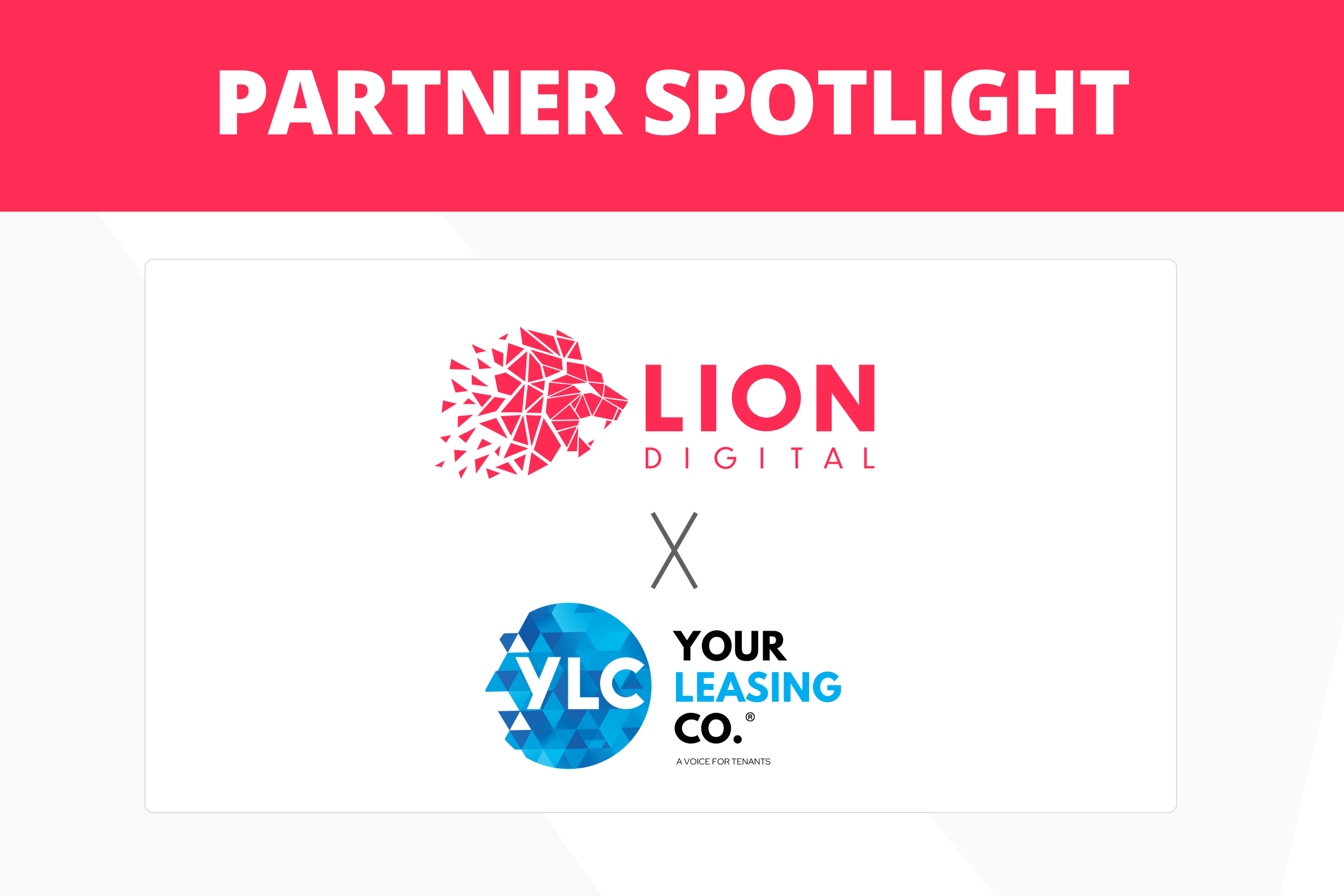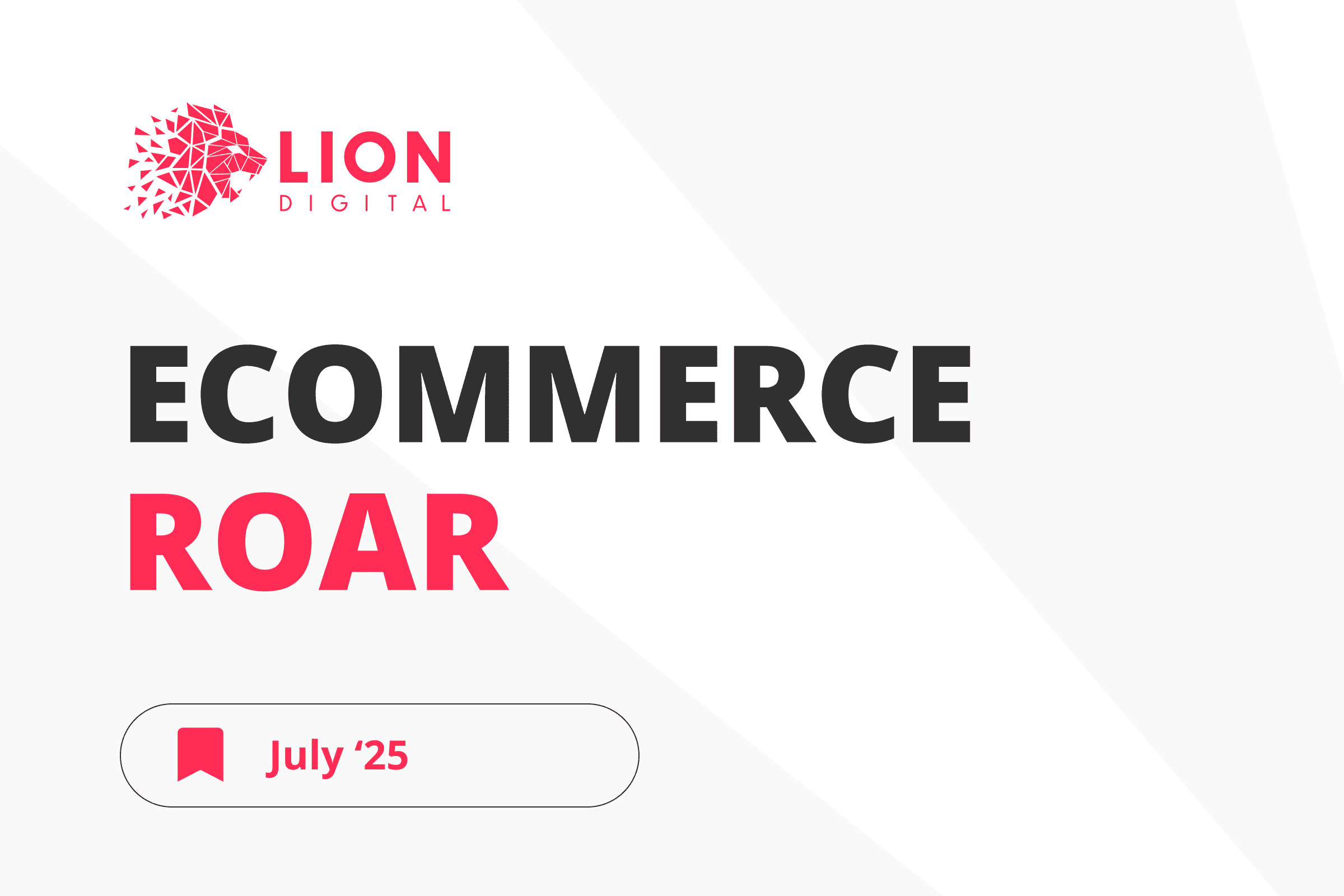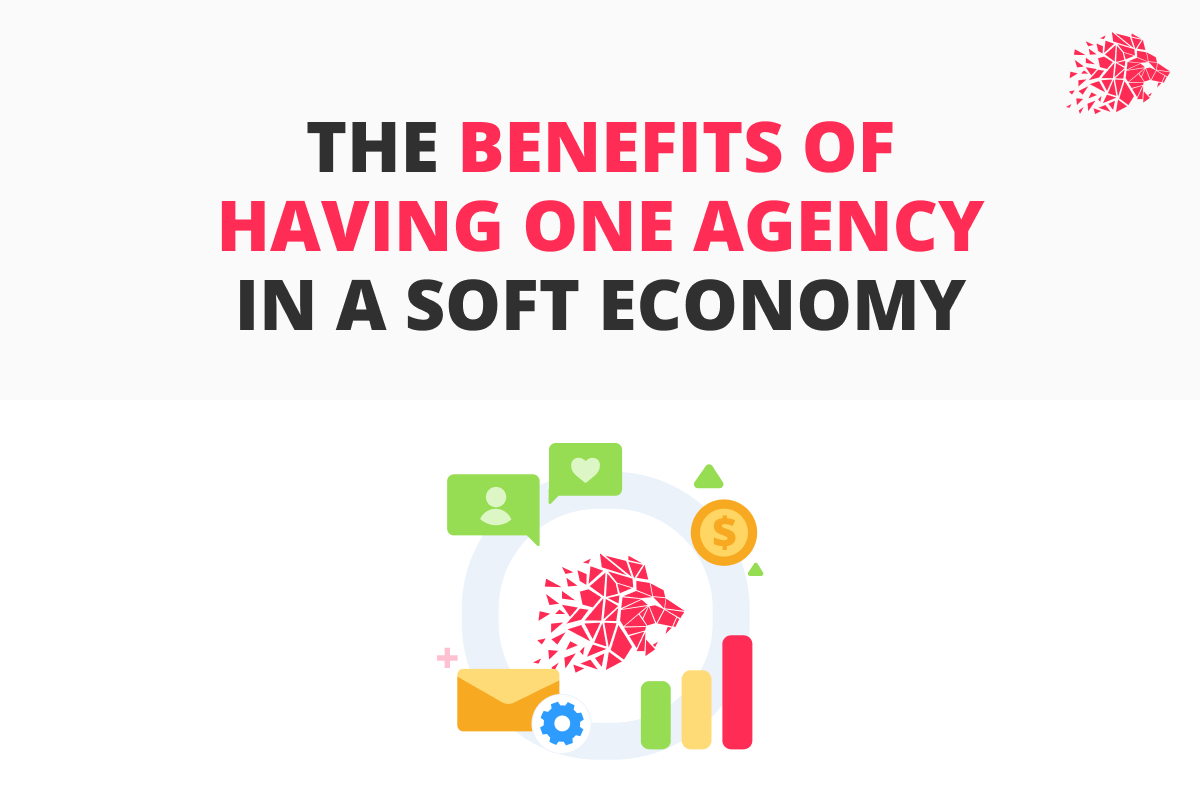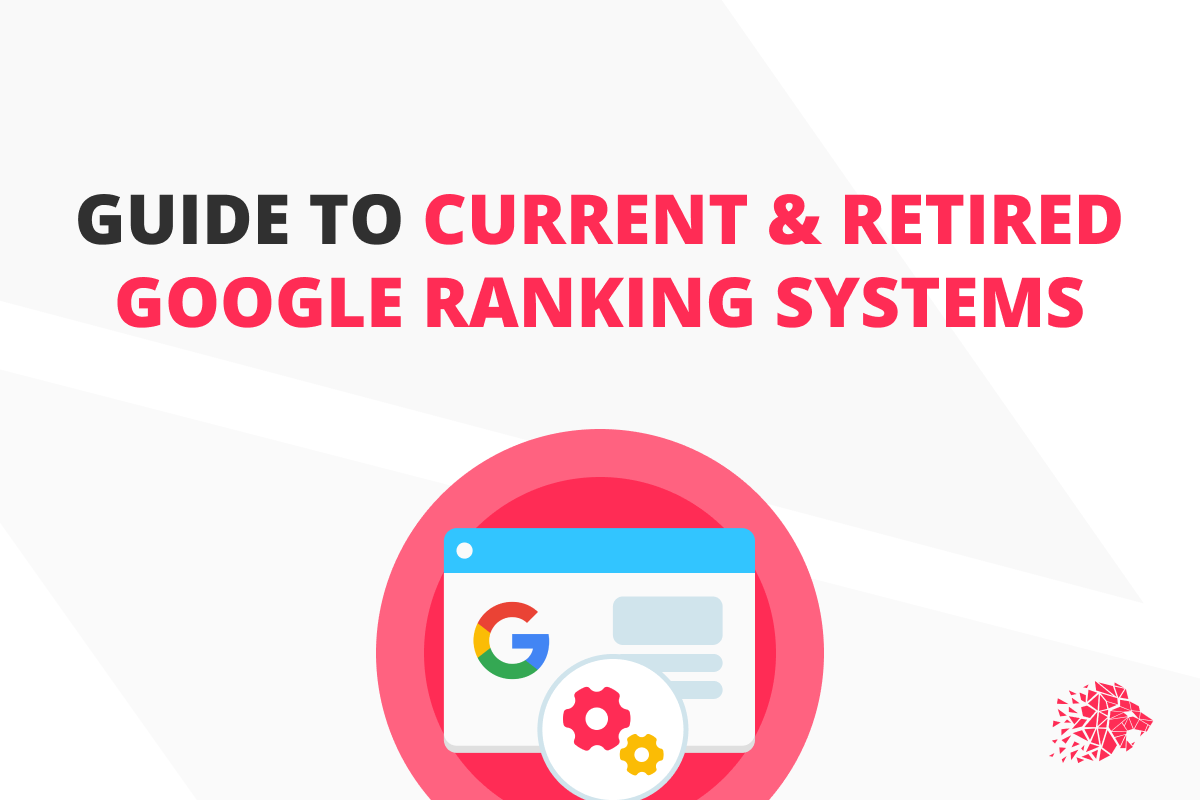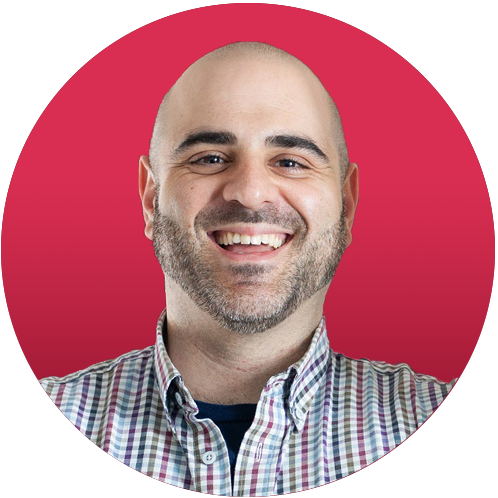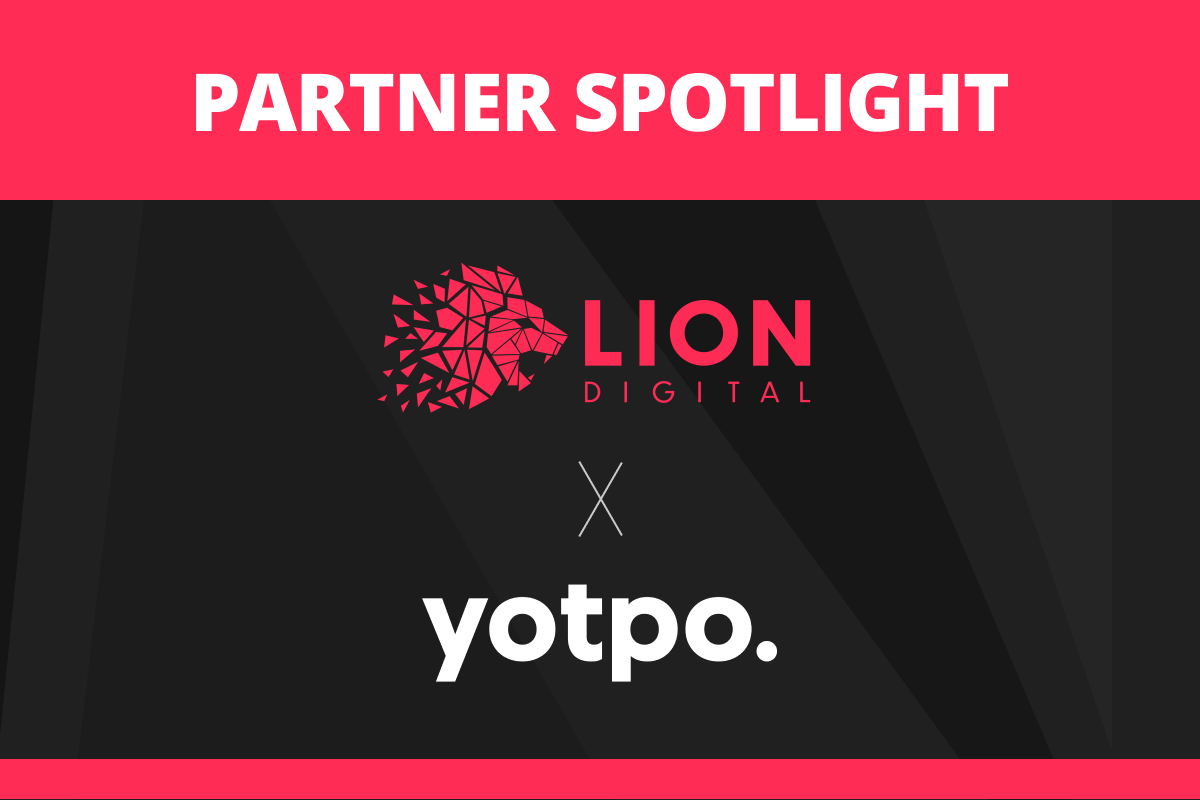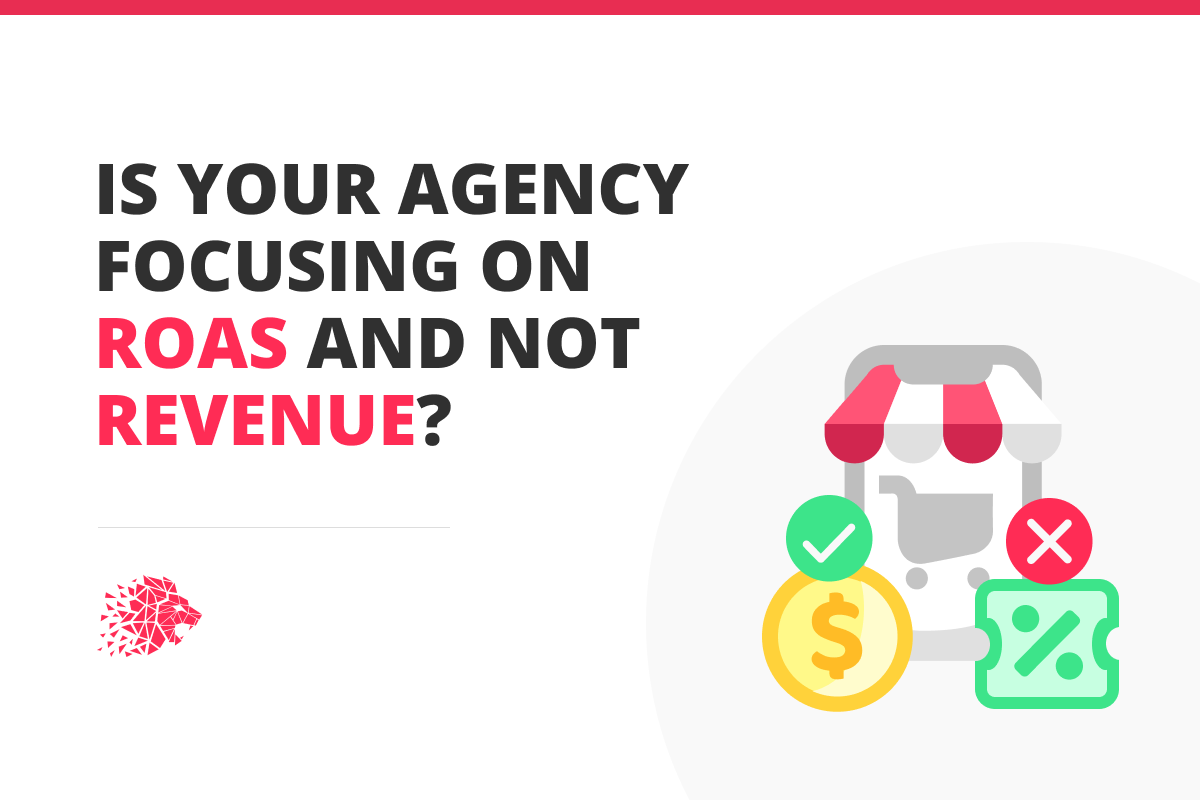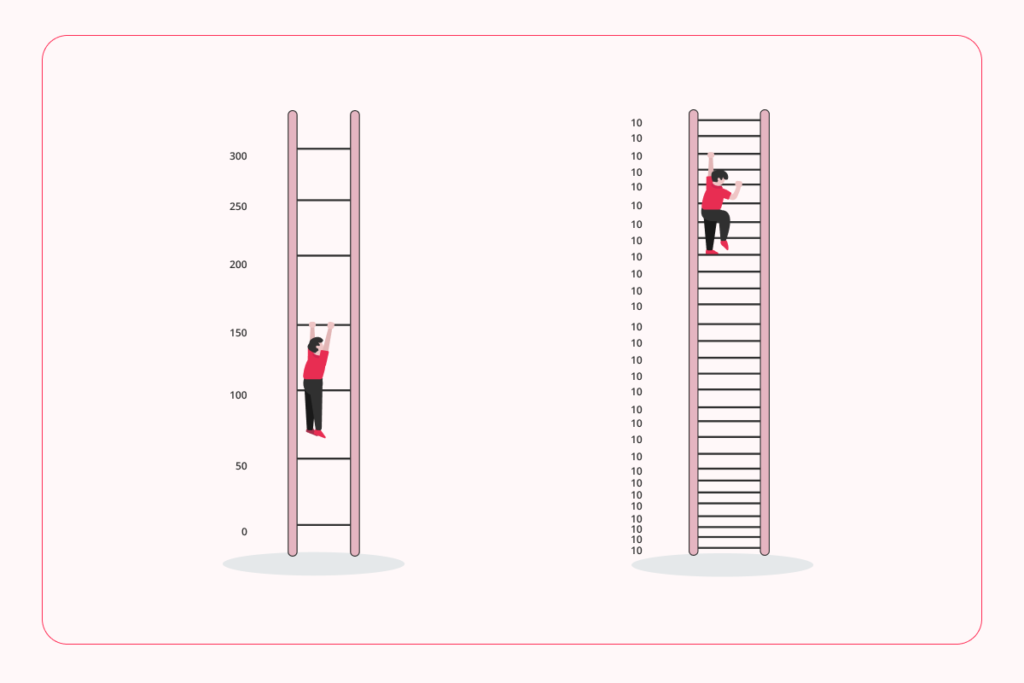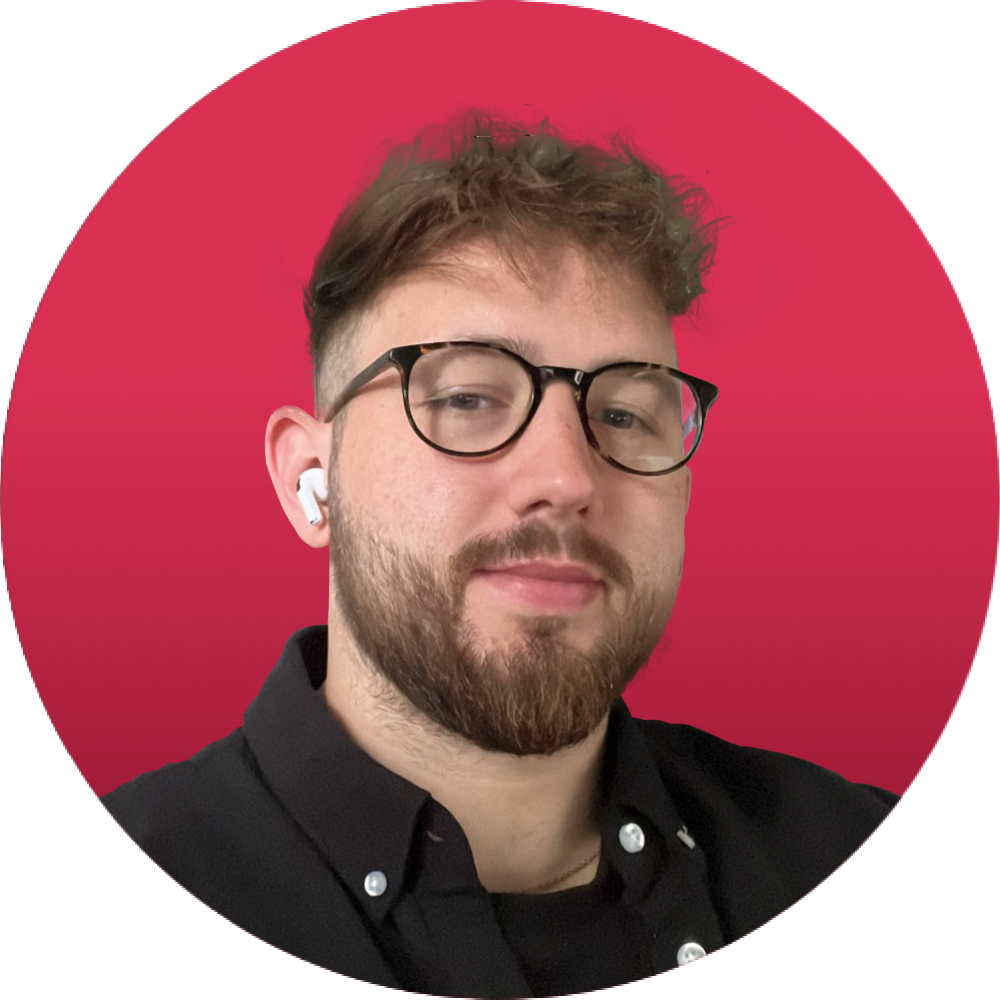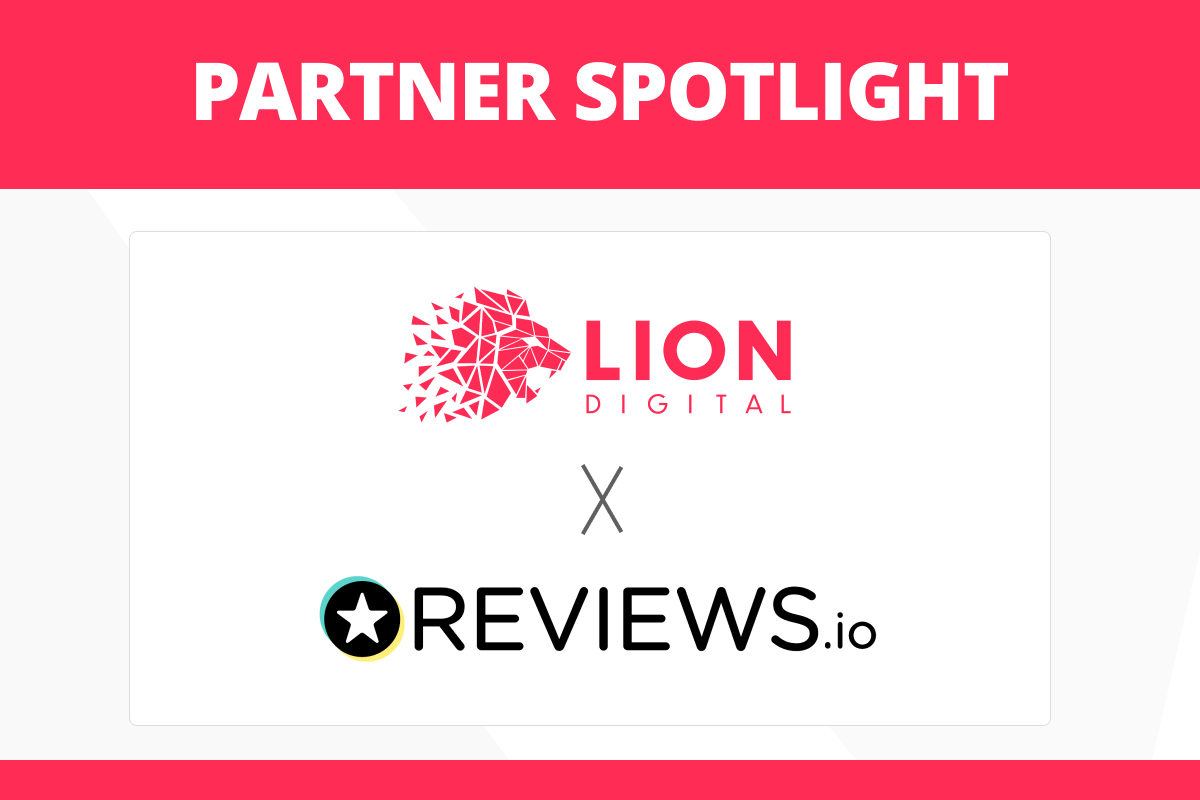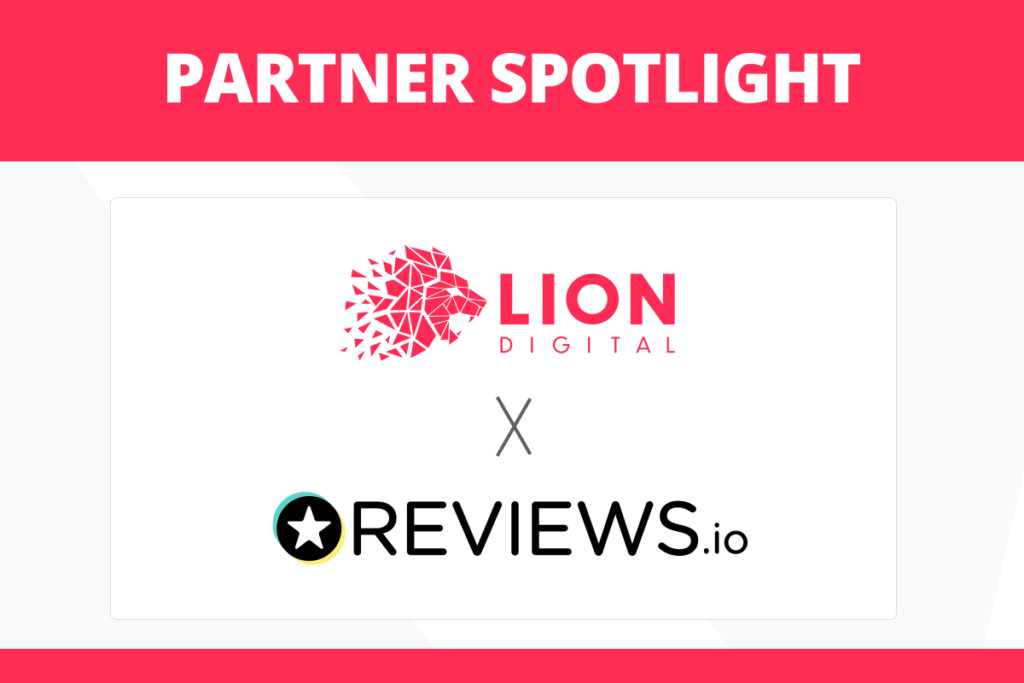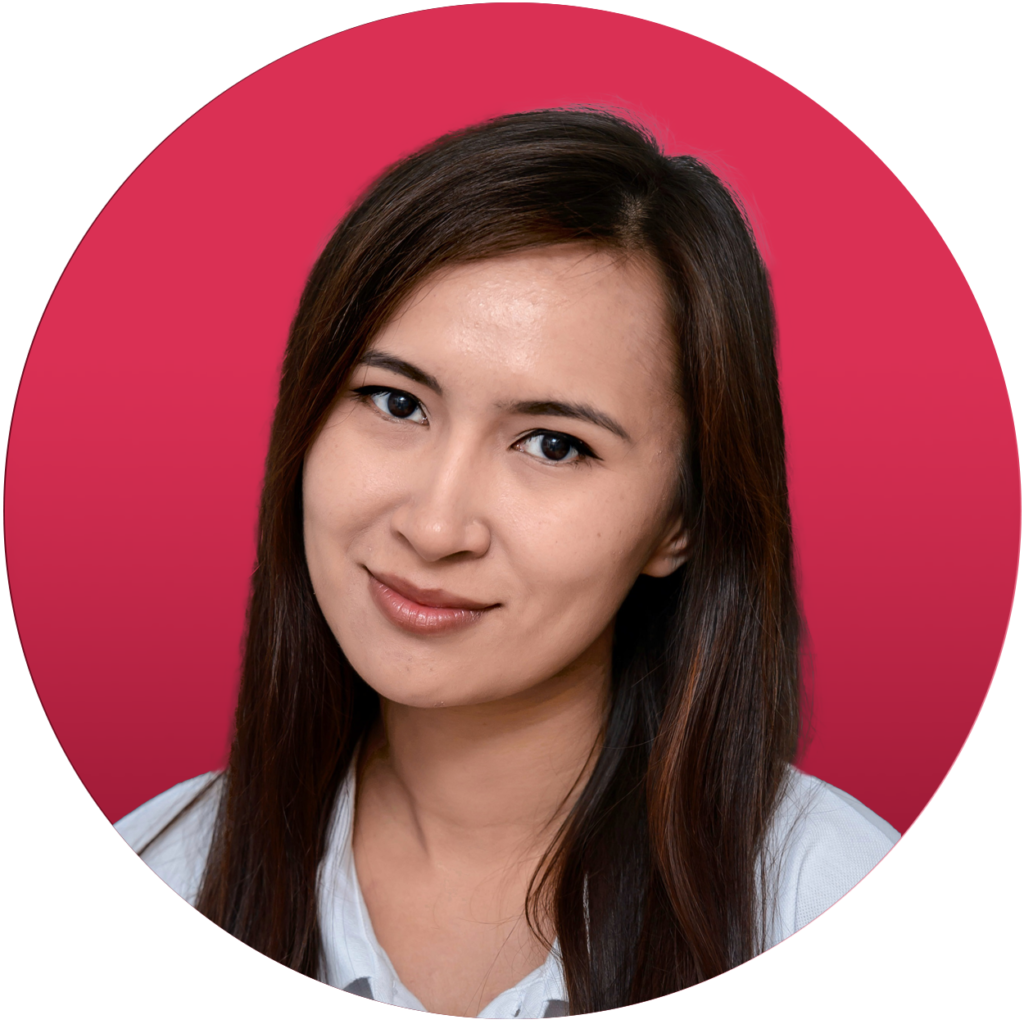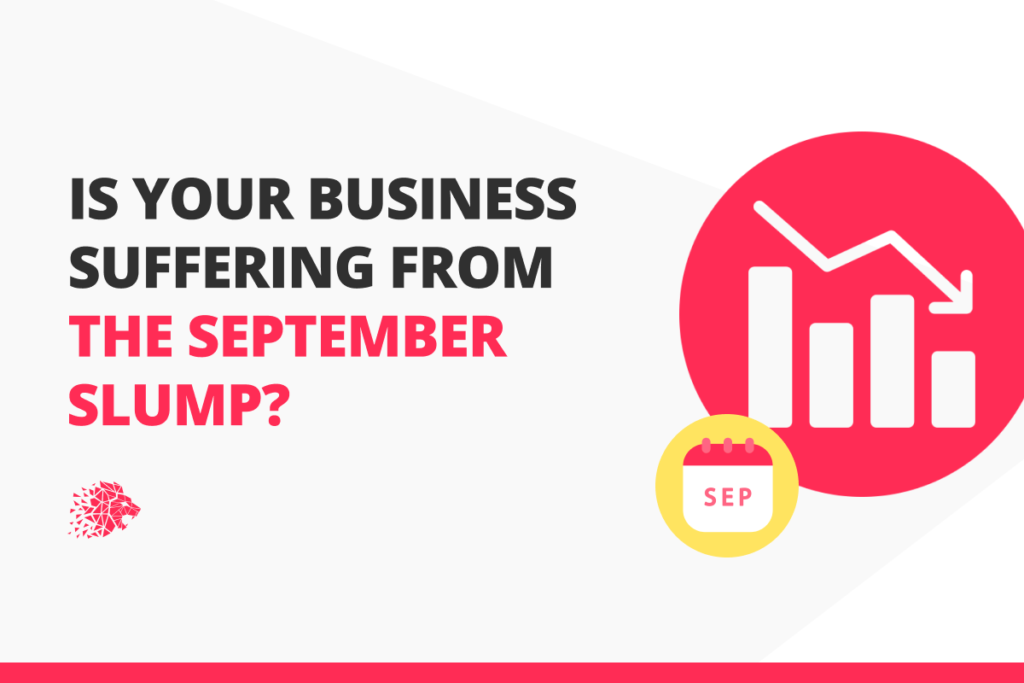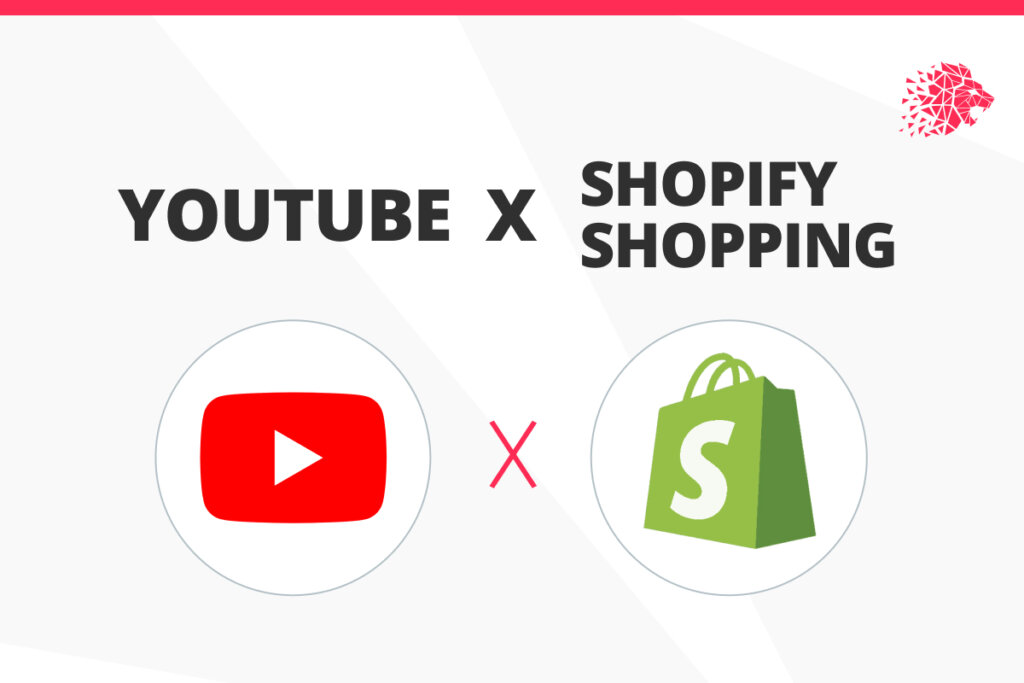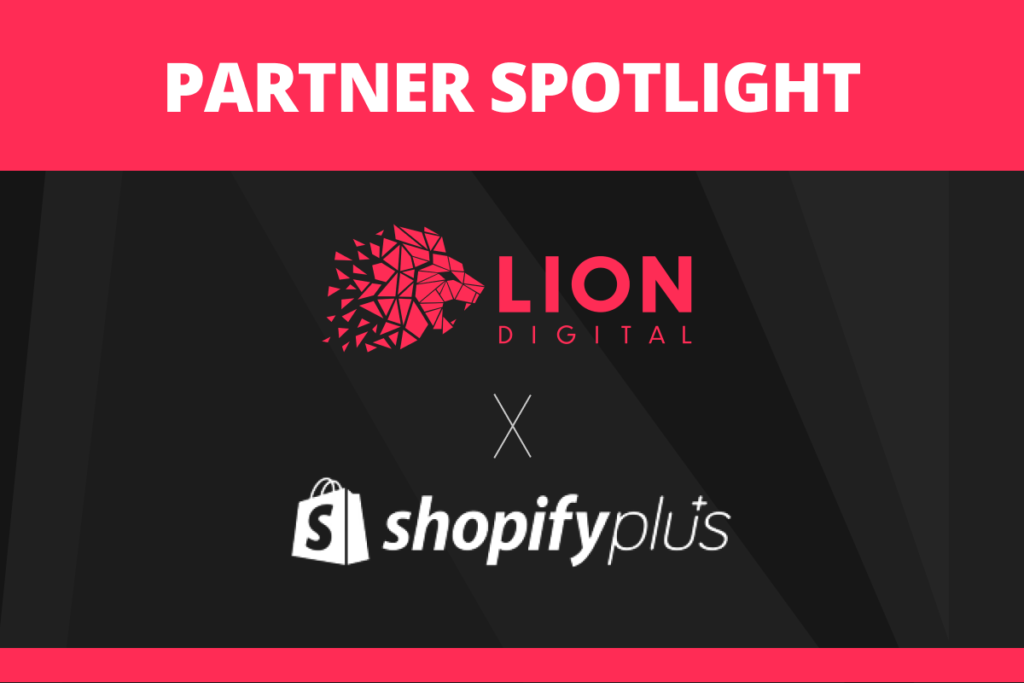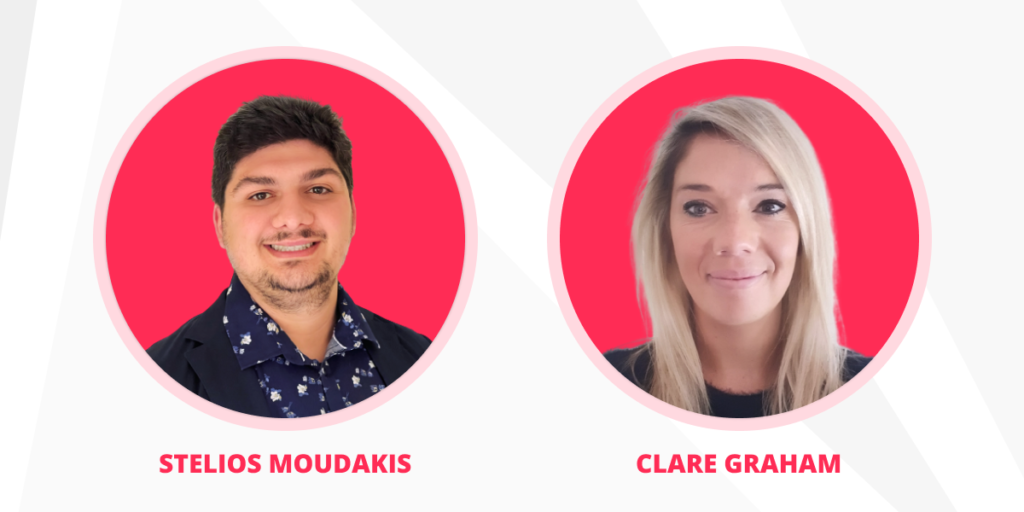
The market’s competitiveness directly affects the intensity of Online Retailers’ search for additional ways to acquire new customers and upgrade the service for existing ones to retain them. In a softening economy, it’s sensible for businesses to shop around for the best deals – better efficiency and results for the same price.
As consumers become more advanced in their eCommerce habits, they are looking for goods and services in whatever digital channel they’ve grown accustomed to. Moreover, depending on different aspects, the same potential customer could use more than one channel during their journey towards the actual purchase. When several parties with different approaches and levels of transparency are involved, managing these eCommerce marketing channels can become challenging.
In this article, we focus on the benefits of working with a single eCommerce specialist agency for all digital marketing channels as one of the ways to optimise marketing expenditures in a soft economy. Spoiler – it is all about more efficiency.
360-degree observation
Once a reliable eCommerce marketing agency that manages all channels is found, the business will be able to observe the complete picture of business indicators throughout all marketing activities. Moreover, having a full view allows more appropriate budgeting for the most effective channels while keeping the rest on the minimum necessary activity level.
This is different from when several, not synchronised agencies manage the channels, and the risk of evaluating the global results wrongly and retrieving doubtful strategic insights based on fragmented information is high.
Scalability, flexibility and timely results
Data is the lifeblood of any organisation. Without data, decisions are based on guesswork, not objective analysis. When you can’t see the full picture, data is scattered and hard to access.
When the full picture is observable and accessible in one place, it’s much easier to make changes and scale in whatever direction with less loss in terms of always-scarce resources like time, money and effort.
Accumulate data and avoid ineffective overlaps
In marketing, the rule of 7 is a guideline that states you need seven interactions with a brand before a prospect decides to buy. However, this doesn’t mean that you must strictly limit the number of interactions to this specific “magic” number in all channels.
Marketing practitioners will tell you it’s preferable where it’s technically attainable, but they also raise an important issue: resources and efforts are sometimes wasted to keep impacting through an inappropriate channel or with an unattractive message.
Exclude cannibalisation
For instance, if you’re working with a performance-based partnership with a CPL (cost-per-lead) model — where the uniqueness of the attracted clients and transactions are your most significant indicator — data accumulated from different resources in one place and analysed using a uniform approach allows for more targeted exposure to your audience and avoids ineffective expenditures.
One of the biggest challenges that agencies face is channel cannibalisation. When two or more different parties separately manage channels, the appearance of the situation when these parties compete to achieve their own KPIs and eventually dilute the benefits for business is probable. For instance, SEO and SEM channels are very interconnected. The crucial part of agency work here is to ensure that paid traffic growth will not negatively affect the organic traffic through the cannibalisation of keywords and instead fill the gaps and increase the value of both channels through the Blended Search Marketing approach.




